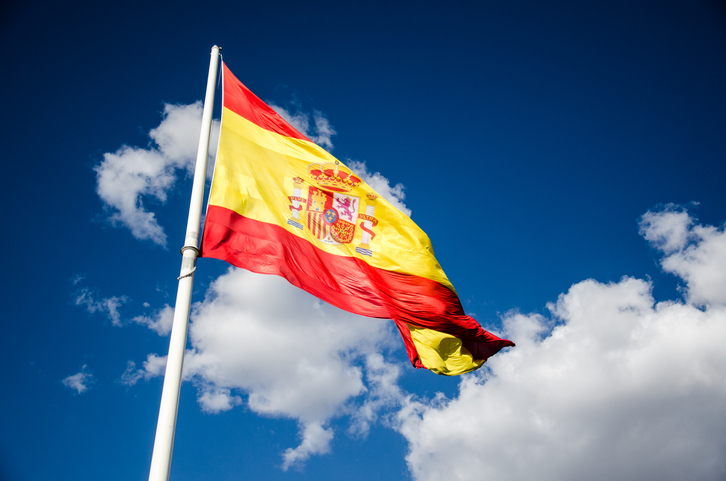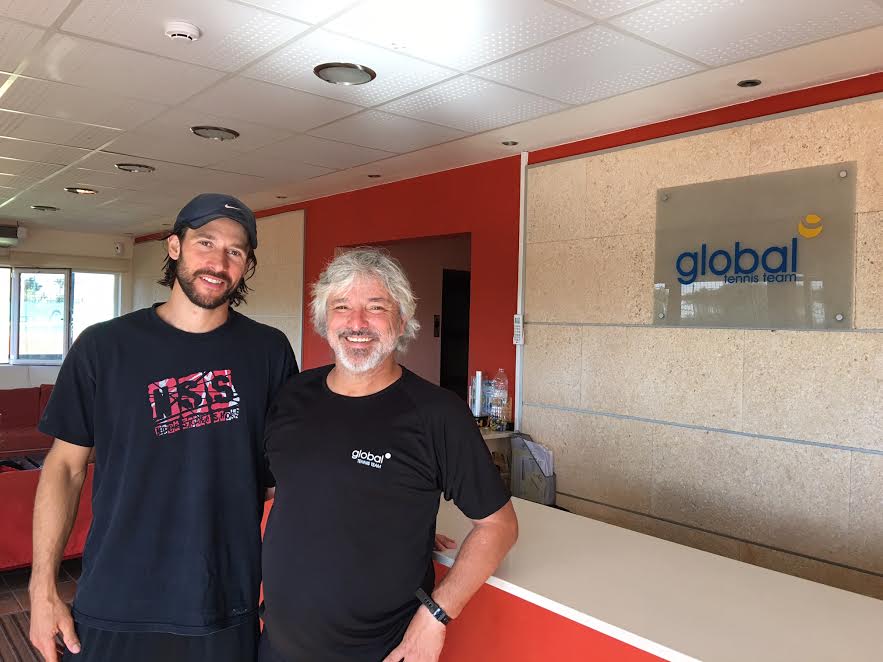Importing the Spanish Style
Chris Lewit injecting Spanish tennis techniques to the U.S. game

For 10 years, Chris Lewit spent a month each summer living in Barcelona, traveling around Spain to learn from the country’s legendary tennis coaches.
“It was an interesting evolution for me to study and travel to Spain, I spent about 10 years doing that,” said Lewit, who grew up a very good basketball player, but fell in love with tennis, partly because his father was a tennis coach. “In Spain, they focus a lot more on the tactical side, and things like footwork and movement … not the specific technique, but what you want to do with the ball, so it was a nice evolvement for me as a coach.”
It was a contrast to the type of coaching Lewit had done before and learned under. He was a student of Gilad Bloom, the former professional player from Israel who played 13 years on the ATP Tour. Lewit credits Bloom for much of what he learned on the technical side.
“Gilad was probably the biggest influence on my coaching career,” said Lewit. “When I spent time with him as a player/coach, I realized that you could have a career in coaching, that being a high performance coach is something you could do. I always thought of coaches at the local club who taught recreationally until I saw what Gilad was doing, and I thought I should try it.”
Bloom was a mentor to Lewit for many years, and taught him the ins and outs of the technical side of the sport. Lewit refers to Bloom as a technical genius, and that is where the bulk of his knowledge in teaching that aspect of tennis comes from.
But it is those yearly trips to Spain that have shaped Lewit’s methods and are what makes him a unique part of the tennis landscape in the Northeast. Finding the proper balance between the Spanish method and the pure technical side of tennis is the key to teaching each individual player, according to Lewit.

Chris Lewit with Spanish coaching legend Jofre Porta in Mallorca, Spain.
“They’re both really important,” Lewit said. “When you work with a young player, they have to have a base of techniques, so to have the technical knowledge to teach them is very important. But depending on the player, as they get older, they don’t need that as much. As their technique becomes more refined, they need more work holistically and tactically. They need to think the game from a more strategic standpoint, and that is where the Spanish system really shines. But for those who may need extra help with the technical aspect, you need to be able to use that side of teaching as well. That’s where I made my name in the beginning, and having that balance is so important.”
The Spanish system has become synonymous with world-class tennis players and the ability to harness that and pass it on to his students is what makes Lewit’s program one-of-a-kind. He brought his methods to New York about 12 years ago, and has established a high performance program in New York City, producing many top Sectional and Nationally-ranked players.
Lewit faces some of the same challenges that most high performance coaches in New York City deal with, such as the cost and availability of court time, as well as managing time in a city that isn’t always the easiest to maneuver. But he knows there is talent everywhere throughout the New York Metropolitan area, many of whom come from families who can support an intensive high performance program.
“It’s a big tennis city,” Lewit said. “We have the U.S. Open and tennis is a really popular sport here. We have kids into tennis and who really love the game. So it’s difficult, but not insurmountable.”
Recently, Lewit purchased a club in Vermont which offers a sleep away camp on 15 acres of land, featuring red clay courts, and he will continue teaching the Spanish method he has refined to his players as he hopes to further produce top-level talent.
“If you go there, it’s going to look just like Barcelona,” he said. “We offer legitimate Spanish training, and are running an authentic Spanish system.”

Chris Lewit (center) with two of his students, is looking to bring the world of Spanish tennis to North America






